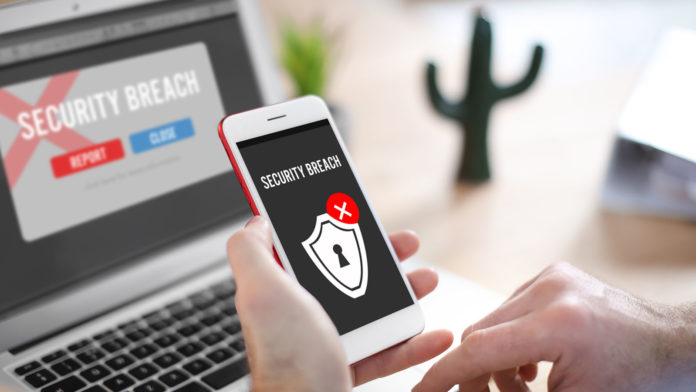Messaging Architects, an eMazzanti Technologies Company and information governance consultant, discusses mobile workforce security in a new article on the Messaging Architects website.
The informative article advises organizations to first understand the mobile threat landscape. The author then discusses device-level security measures. In addition, she outlines essential mobile workforce security policies as well as cloud and network protections.
“A mobile workforce multiplies your network attack surface,” stated Greg Smith, Vice President of Services Delivery at Messaging Architects. “Effective mobile workforce security requires knowing the risks and implementing defense in-depth strategies to protect business assets.”
Below are a few excerpts from the article, “Safeguard Vital Assets with Mobile Workforce Security.”
“With a myriad of advantages for both employees and the companies they work for, it should come as no surprise that forecasters predict that by 2023, mobile workers will account for over 43 percent of the global workforce. Employees gain the flexibility of working from anywhere at any time. Businesses also benefit from increased productivity and decreased response times.”
Understand the Mobile Threat Landscape
“In the old days, employees split work between desktop computers at the office and laptops that connected to the office network. Today’s employee, however, may work variously on a smartphone, a laptop, and a tablet, in addition to a desktop computer. And organizations that operate with bring-your-own-device (BYOD) policies have little control over the devices used.”
Device-Level Security
“An effective multi-layered approach to mobile workforce security addresses security at the device level. The device itself needs comprehensive, up-to-date virus protection. In addition, the security strategy must determine how the device accesses the network and what happens should a device become lost or stolen.”







